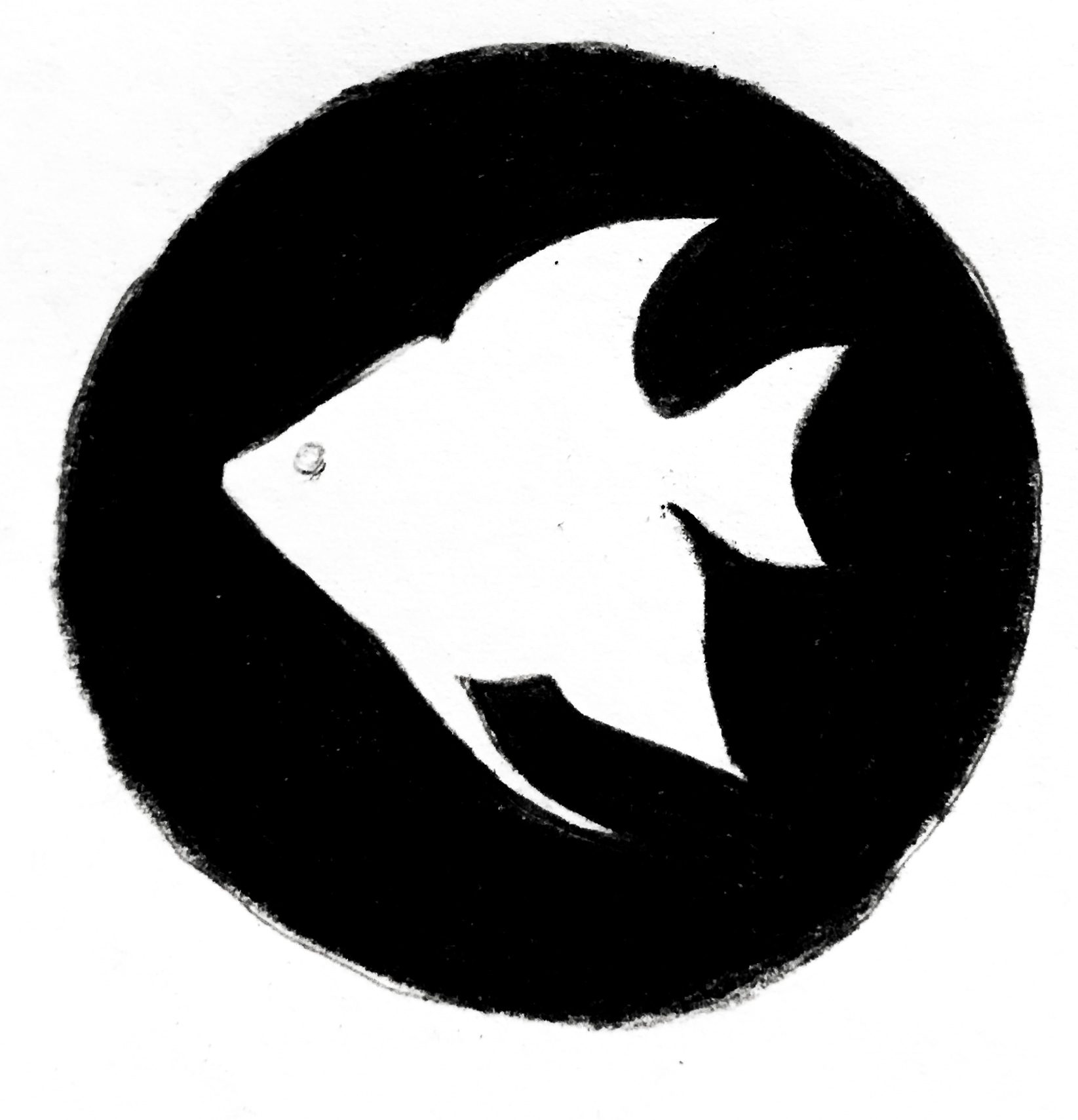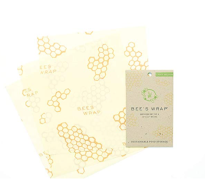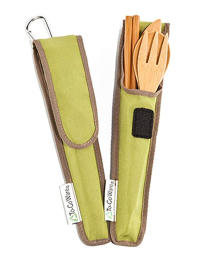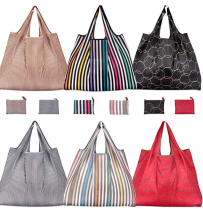Throughout the month of September, I attempted to create as little waste as possible. To read about my plan, check out this article: I Try: Zero Waste
Continue on to see both the benefits and shortfalls that having an environmentally-minded brain gave me in this challenge.
What did my trash look like?
Solid, dry, and non-food trash were all kept together in a small wastebasket. By the end of the month, I had only filled half of the basket. To me, that was extremely successful for a first attempt at “zero waste”. The most frequent items were:
- Tissue (for blowing nose or makeup removal)
- Breakfast bar wrappers
- Receipts
- Tea packaging and tea bags (as well as a few non reusable K-Cups)
- Feminine waste products
The majority of my waste:
It was food. Though I have gotten better about wasting food, scraps from cut up vegetables and fruits, as well as egg shells, stale bread, and small bits of leftovers from each meal began to add up.
Considering I make much of my own food and try to ditch plastic-wrapped produce, packaging was not the main issue. I realized I had been falling into the common mindset of “out of sight, out of mind”. After throwing away food scraps, I forgot about them.
How I’m Making Adjustments:
I was lucky enough to come across an organization on my college campus that hands out free bins for compost. If you also attend Binghamton University and are interested in getting a compost bin, please comment below or message me. Bins are picked up and emptied bi-weekly, on and off campus, for no cost.
Composting is a great practice to begin and is often easier than you think. To learn more about composting at your home or apartment, click here to read this explanatory blog post.
I also have been keeping a cloth napkin, chopsticks, a spoon, and my reusable straw in my bag at all times. This seems to be the easiest way instead of “pre-planning” when I’ll be buying meals out and about.
Lastly, I’ve found that it’s very easy to make the switch to more sustainable every day items. Not only are these items better for the planet, but also for you and your wallet.
Here are some common alternate choices (all on amazon):
 Reusable produce and snack bags $13
Reusable produce and snack bags $13
We can all reduce our waste by making small changes in our day to day lives and being more thoughtful about where our trash ends up.
All information was taken from memory, education, or from external sources listed in the article or below.






I totally agree on making small changes in our daily life… the receipts have been a real pain for me…
LikeLiked by 1 person
I know! Hopefully mobile/emailed receipts will take over.
LikeLiked by 1 person
Good job, Kel
LikeLike